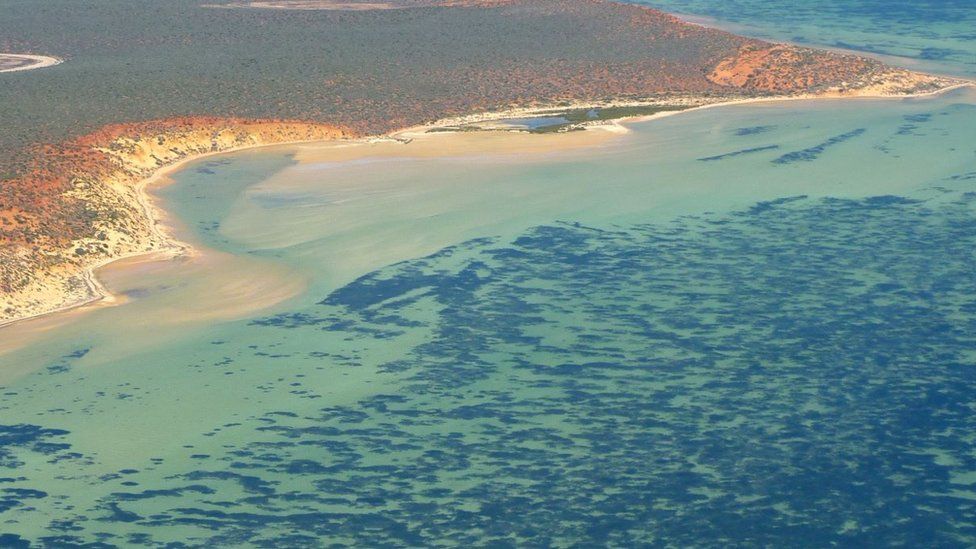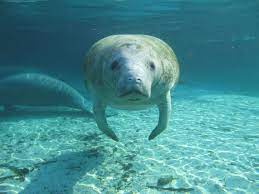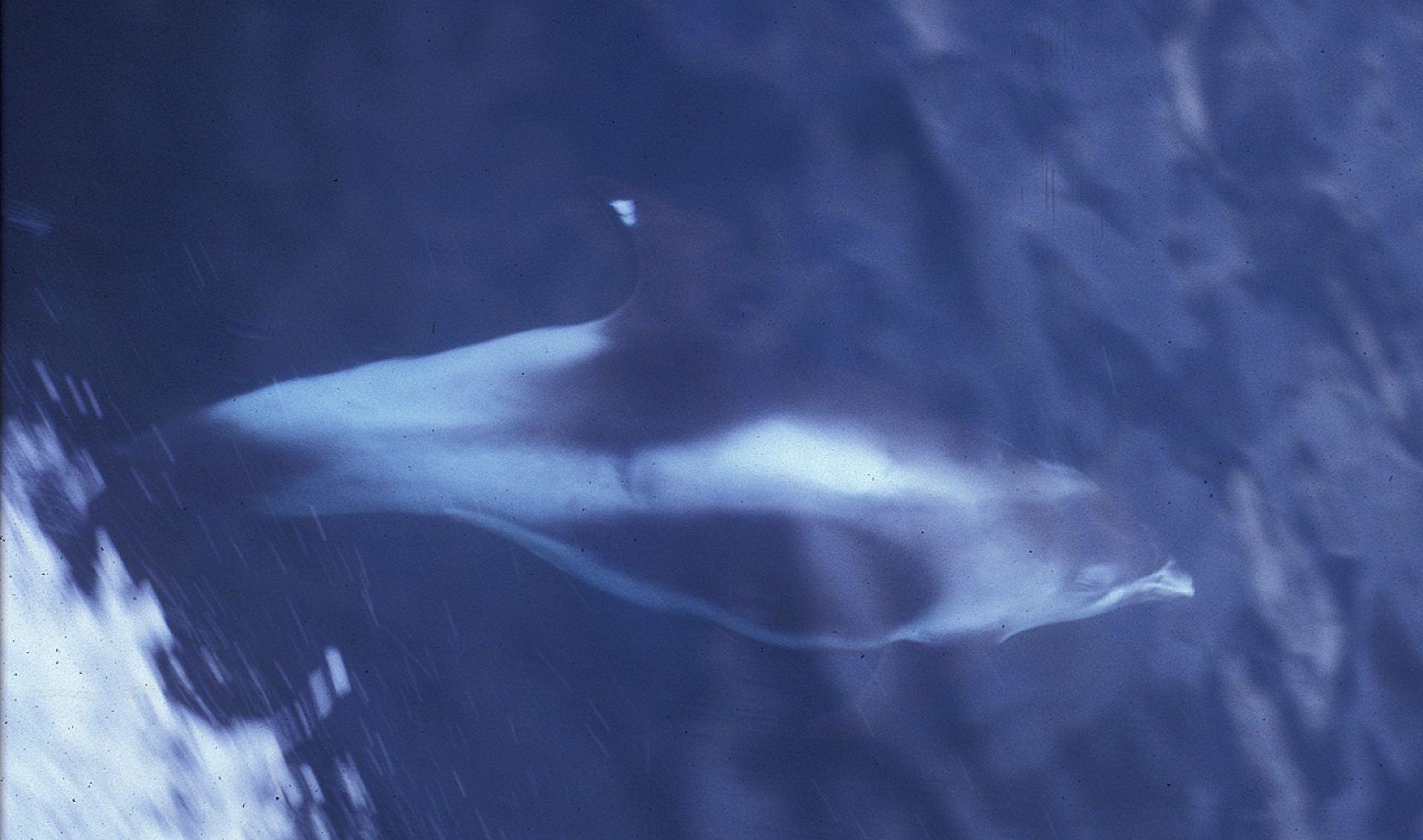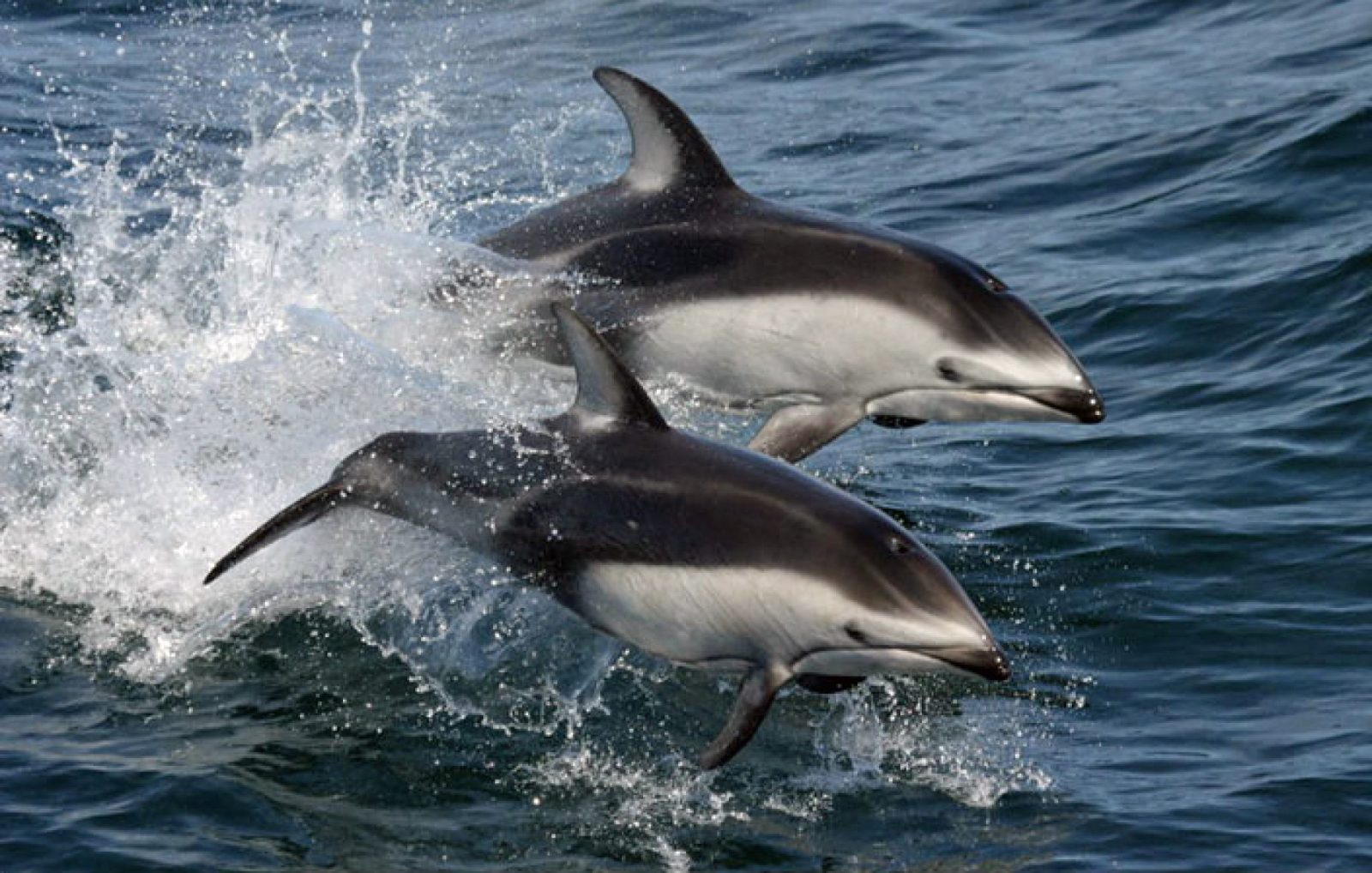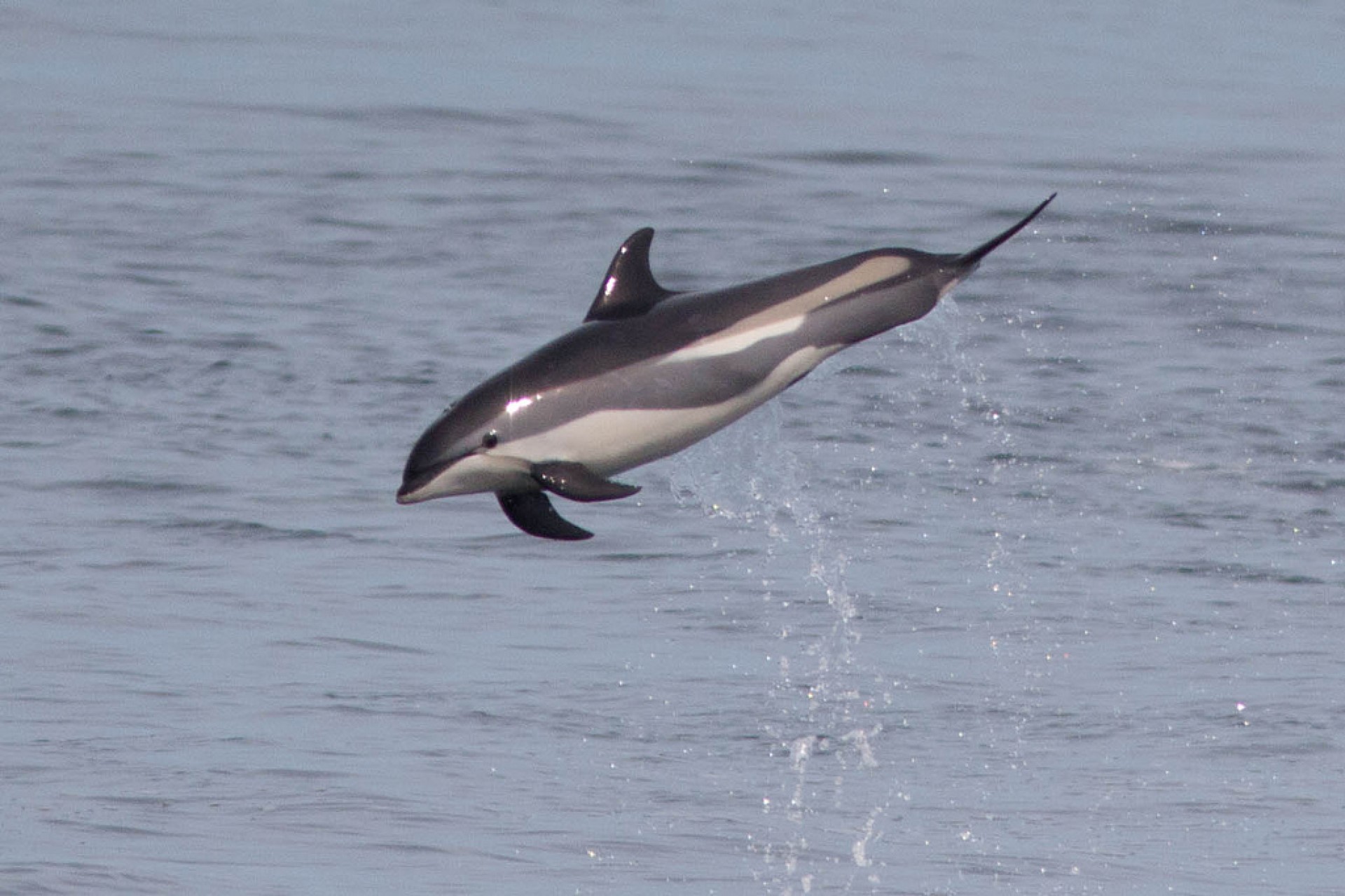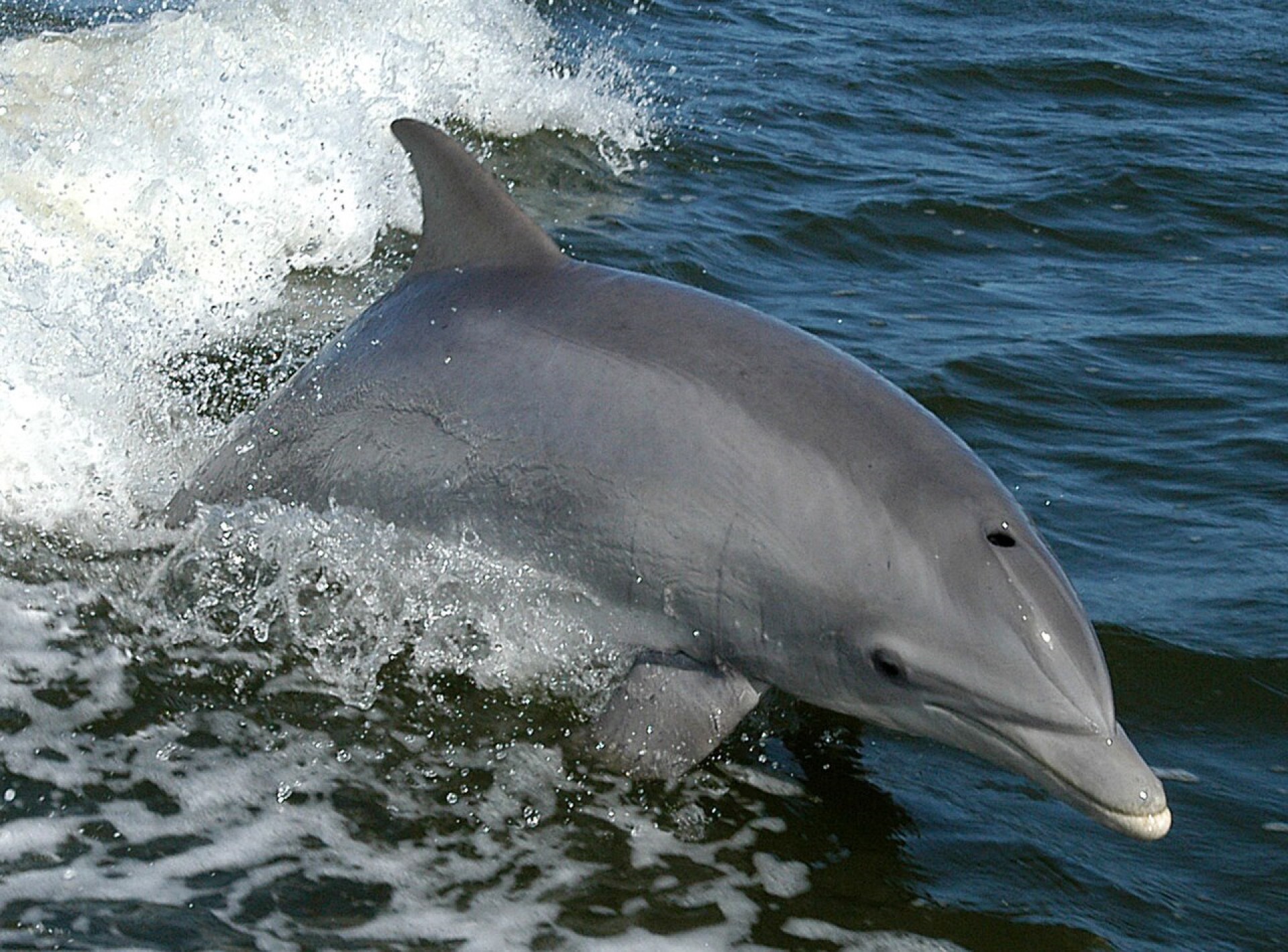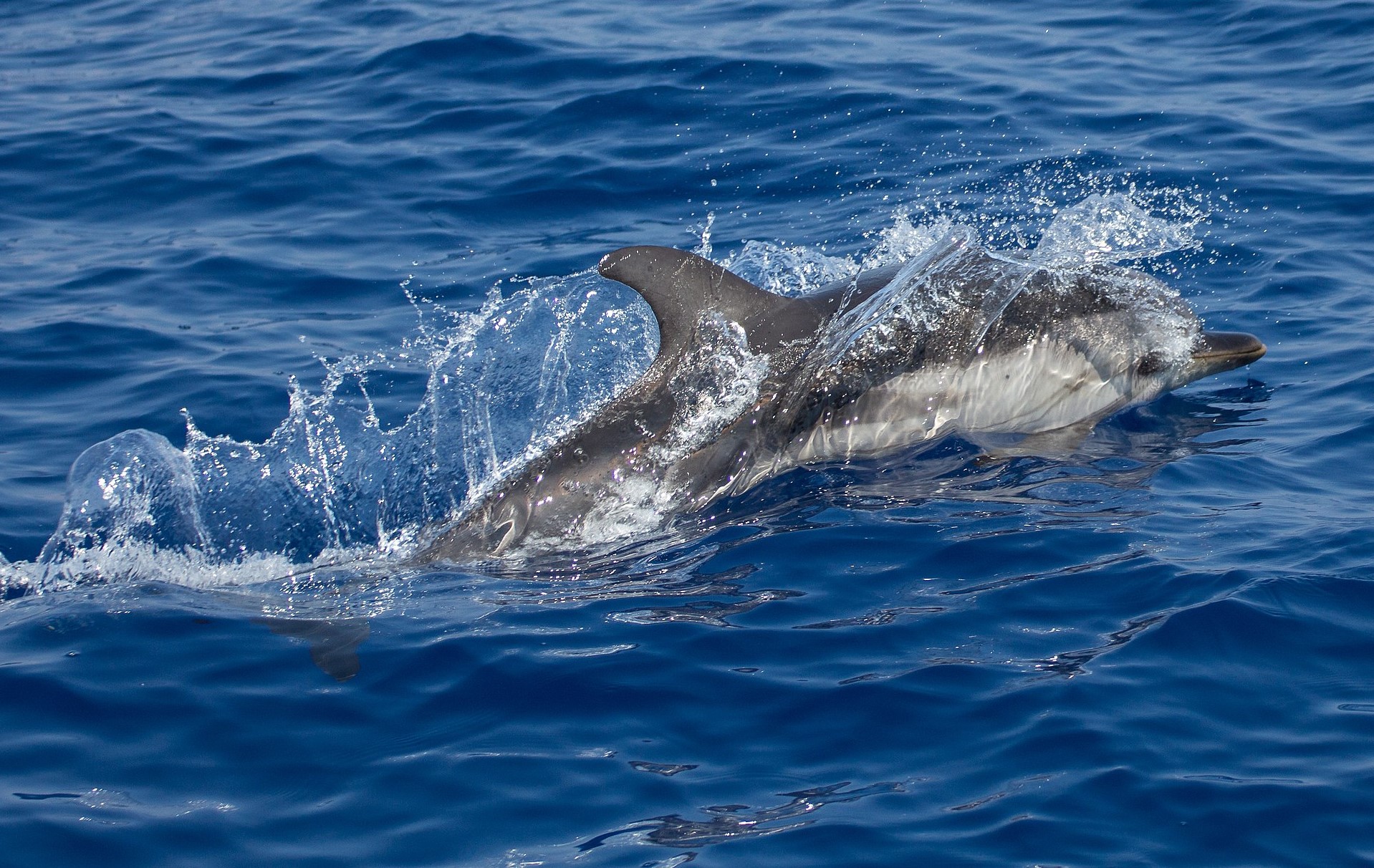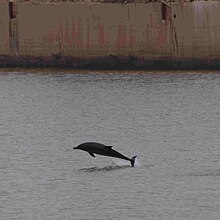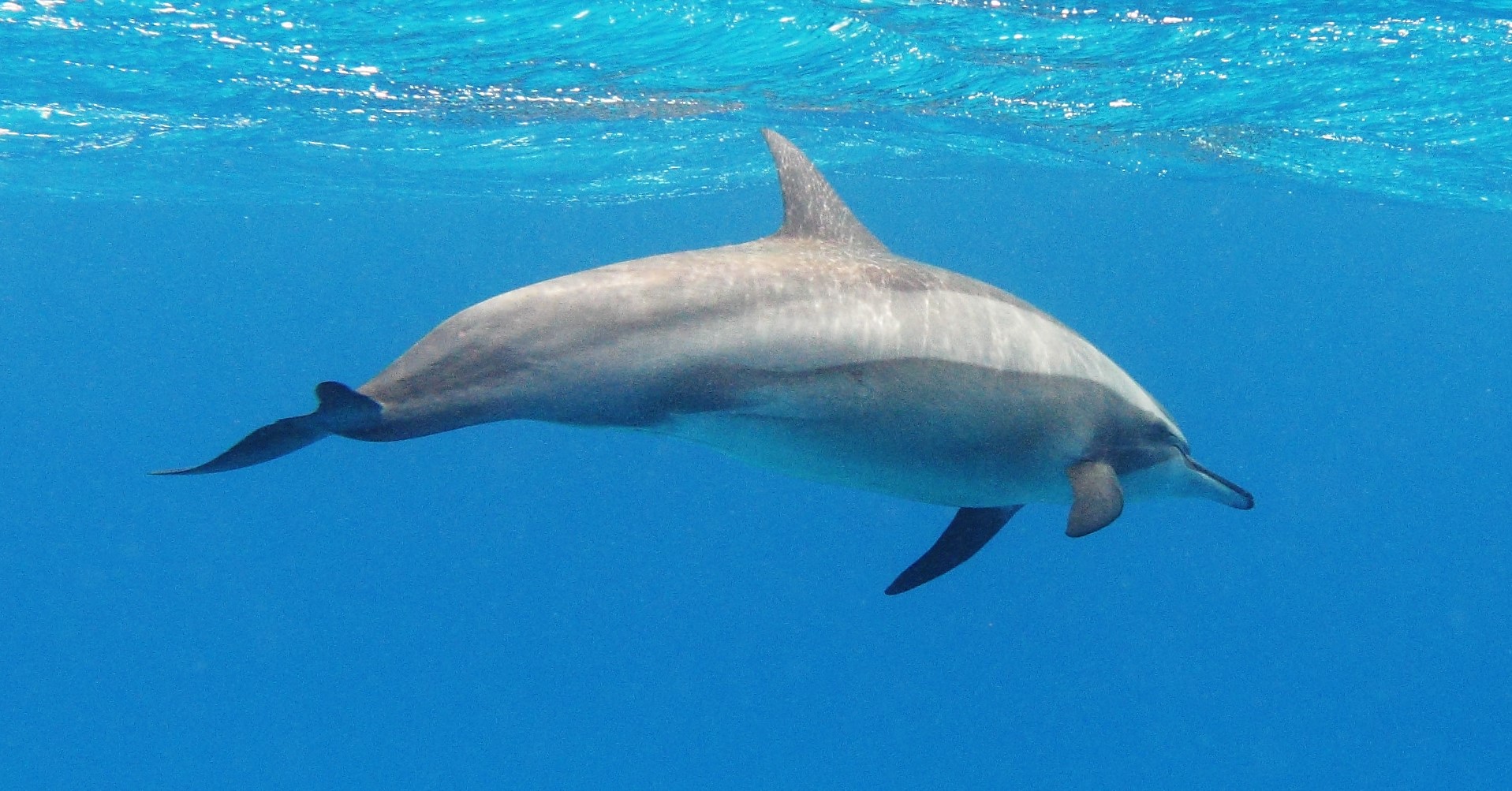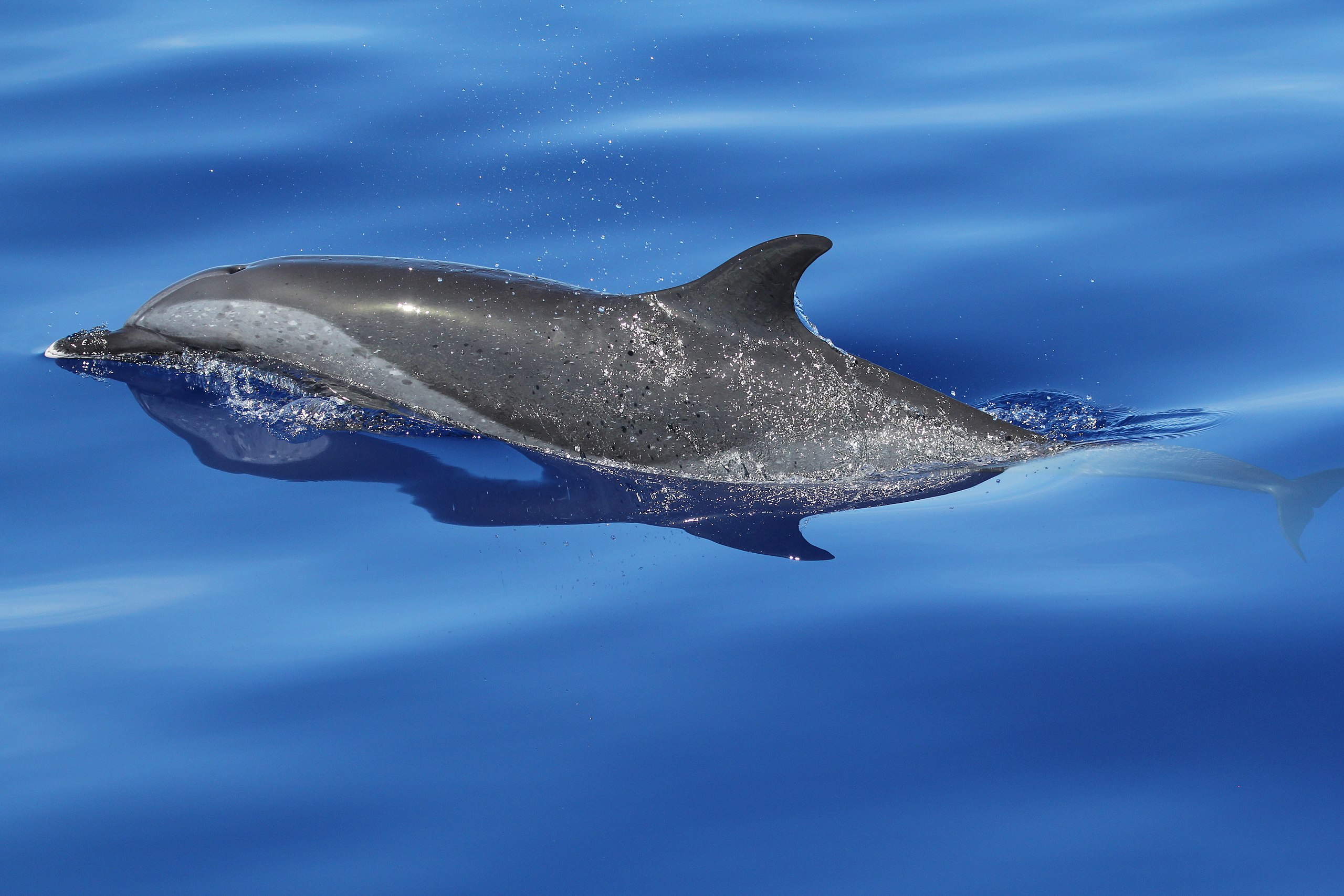
Apologies for those who think that this is covered too much on this website – I to would like to just write on wildlife and the threats that they face. Unfortunately, virtually all habitats on earth are threatened by climate change, and as such, politics in the USA has to be of interest to us all. Should any Americans be reading this – welcome. If this is just confirming what you believe, please spread the word (for much of the rest of the world, while Trump has many, many qualities which should rule him out as president (and even more so as a republican candidate) on this website, we are only interested in policies which result in changes to wildlife and issues with climate change.
The emissions of the USA are currently 13.49% of global population as of 2023. While that does not sound too bad, remember on 4.23% of global population lives in the USA, so in other words, the USA carbon emissions are 3 times the global average (never mind how much they need to drop if we are to avoid the worst of global warming). To put that in perspective, currently Europe emits around 8% of global emissions, but with 9.23%, as a block it emits less than its current fair share of emissions. The EU has agreed to cut emissions by 90% by 2040, relative to 1990 levels, and has currently cut emissions by 30%. In the USA, Biden has set an aim of cutting emission by around 50% by 2030, below 2005 levels, and so far, they have cut around 20% so have a way to go.
Read more: What is Trumps views on climate change, anyway, and where is the USA currently on its emissions reductionSo, having laid out where they are, what does Trump think. Well, one thing to bare in mind, is that Trump is terrible in keeping his word. He says whatever occurs to him in the moment. However, what is clear is he has little to no regard for scientists, and believes that whatever occurs to him is probably right. He is also adamant that whatever cuts are made by the USA, must be made by countries like India, China and Brazil, despite their emerging economy status, or the vast historical emissions of the USA – currently, the USA has emitted roughly 25% of all historical emissions since 1750, while by contrast, China has emitted half of that.
Trumps first term in office, was characterized by a range of things, but they included, a heavy and sustained attempt to increase the extraction of fossil fuels, and it is estimated that should he be elected in November, the result will be a net gain of 4 billion extra tonnes of carbon as a result.
So what do we expect from a Trump presidency 2.0? The list is long, and mine will not include everything. Furthermore, given how willingly he breaks his word, it is impossible to know if he will do any of the things on this list, or indeed, if he would have the support in the other branches of government to even try. Still, this is what he is saying
- Trump believing that climate change is a hoax: While many Republicans are belatedly coming around to the (now obvious) consensus, that not only are humans certainly the main cause of climate change, but also that we can therefore fix it, Trump is still claiming that climate change is a hoax (various reasons for this hoax include money for departments and bodies trying to deal with in and an attempt for China to take advantage after the USA cuts its emissions and they do not). He is also claiming, that even if he is wrong, the impacts will not be felt for 300 years – a bizarre statement, given the cost to the USA economy in 2023 alone (from worsening weather and similar, like bigger storms) is estimated at $92 billion though, when taking everything into account, this bill is likely to be many multiples higher. We are already facing the effects of climate change, as anyone who looks rationally at changing weather, rainfall and other effects can see after rather quickly . Apart from neither of these being good reasons, both China and USA are thought to be going to face costs that will rank highest, from impacts as a result of climate change. It should be noted, that those Republicans to face the horrific climate causing weather changes, are increasingly coming round to the obvious answer. As such, it is well within their own benefit that they do everything they can to limit its effect. This appears to be something that Trump is incapable of changing his view on, which in my mind should rule him out, but that is me. Unfortunately, given that many Republicans put the economy above climate change, this does not change their mind. It should also be noted, that while Trump does not like them, a majority of Republicans want both renewables and traditional power generation to continue – while this makes little sense (renewables are cheaper, more reliable and will not doom the planet) it suggests that Trump is extreme even in his own party (though this should make you wonder how he was chosen once again).
- Economy: he was very eager to tout his economy and market, but neither did well. Even just comparing him to the other single term president in the recent era, his increas in GDP was less than half of HW Bush. Indeed, while many would claim you should ignore the drop at the end of his term as this was caused by Covid, but he made this far worse than it had to be. 75% of Americans prioritize the economy over the environment, the foolish result of this, is that they are storing up huge costs to the economy for their children’s generation – most generations try to leave the world in a better state for their children than they found it. In recent polls, 53% of republicans would prioritize climate change mitigation over economy – it is unclear how important this is, but if rational, this should make it impossible for Trump to get elected again (unfortunately it is unlikely to work out like this).

Market gains: He spent much time touting his economy on the basis of stock, but this too, he did not do well in, lying in the bottom half of these presidents.

Not investing in climate change mitigation and reduction is insane – the falls in GDP and the market and peoples standard of living will not be known for a long time, however, without other presidents rapidly correcting the mistakes of Trump, the cost of his decisions on the environment could run into the many Trillions.
- Withdraw from the Paris climate agreement: now one of only 2 countries working together in this way. While Biden reversed this move when he started, Trump is adament that he will repeat the same move, should he return to the white house. While 1.5°C is likely passed, 2.0°C would be greatly threatened by his return to the presidency.
- Replace the clean power act with Affordable clean energy: While this sounds similar, it is not, and does not do what is required for power generation. This is not only bad for the climate, but also bad for households, as solar and wind are now the cheapest power, and this is only increasing over time.
- Attempt to freeze fuel efficiency standards, as well as preventing California from having higher ones: It is a fact that higher fuel efficiency does not only benefit the planet, but also consumers wallets. This is obvious – if your car drives 10 miles a litre rather than 8 miles a litre, it costs 20% less to fuel your car. Trumps argument was that this increasing fuel efficiency cost many billions and was passed on to consumers in higher costs. This is unlikely, given the competition in the market, but anyway, he tried to take these rules back beyond current averages in the fleet (which cost nothing to maintain). Over time, this may well be irrelevant, as the onward march of electric cars may eliminate petrol and diesel from the roads within the next decade or two anyway.
- Eliminated and reversed the momentum on this issue that was built up in Obamas term
- Drill, Drill, Drill: In line with much above, Trump has promised to allow as much fossil fuel extraction as is possible, should he get back into the white house. The fact of the matter is that USA oil demand is only falling, and is likely to do so, more and more rapidly. As with the foolishness of the UK government (agreeing to new oil field off the coast of Scotland), the majority of these assets will be stranded, long before the end of the period in which they could continue to be used.
This is a subject which I have written about before, but as I have said before, if I change one mind, it is worth it. While I do not believe that there are any benefits on the other side, few can seriously argue that in the long-term it would be wise to give Trump a second go at breaking the world.


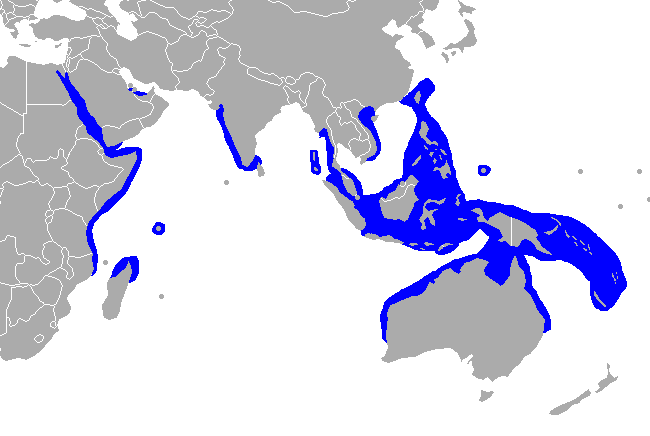 Dugong– The only surviving Dugongidae after the stellers sea cow (described in 1741 and hunted to extinction by 1768 for hide meat and fat) was lost.
Dugong– The only surviving Dugongidae after the stellers sea cow (described in 1741 and hunted to extinction by 1768 for hide meat and fat) was lost.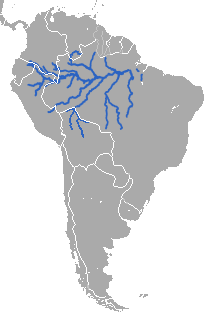 ian Manatee
ian Manatee
 Manatee) Although found both on the coast and inland, there is no significant genetic difference between these populations. African Manatees can be found in West African regions which include a wide range of countries – requiring cross nation action to save them. Manatees are found in brackish waters to freshwater: in oceans, rivers, lakes, coastal estuaries, reservoirs, lagoons, and bays on the coast.
Manatee) Although found both on the coast and inland, there is no significant genetic difference between these populations. African Manatees can be found in West African regions which include a wide range of countries – requiring cross nation action to save them. Manatees are found in brackish waters to freshwater: in oceans, rivers, lakes, coastal estuaries, reservoirs, lagoons, and bays on the coast.